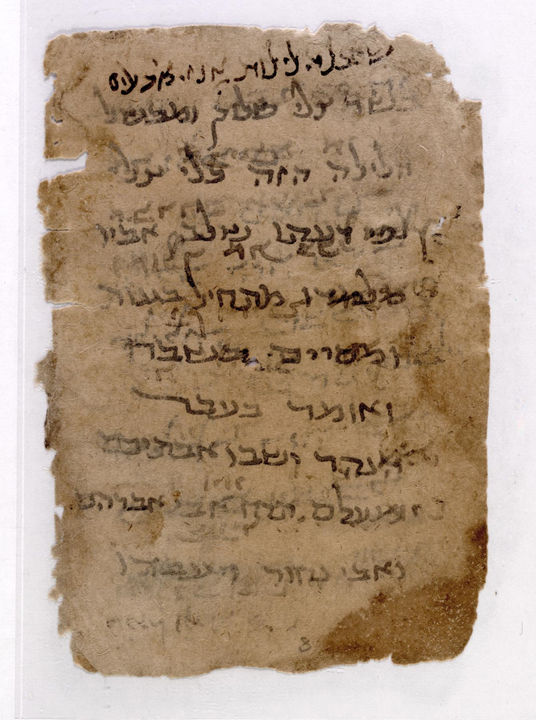
.@gerbenzaagsma speaking at the @polinmuseum conference “What’s New, What’s Next” on “Exploring Jewish History in the Digital Age.”
Shoutout to Judaica Librarianship articles (@JewishLibraries) from the early ‘90s that were already dealing w/#dhjewish, in this case regarding a database by @lbinyc of Jewish Archives in Germany.
And librarian Heidi Lerner’s Perspectives in Technology for @jewish_studies
And librarian Heidi Lerner’s Perspectives in Technology for @jewish_studies
And also, thinking about the cjh-a2i conference (Access to Integration), kernels of which still remain on this platform via a search of the words above. (Worth a look!)
Really important question to ask: What is being digitized? What can (and critically, cannot) be studying digitally?
The majority of collections are NOT digitized.
How are digitization priorities assessed? Preservation; access; demand; politics; copyright; funding and and and
The majority of collections are NOT digitized.
How are digitization priorities assessed? Preservation; access; demand; politics; copyright; funding and and and
SO it’s critical to understand that you canNOT ignore the non-digitized corpus.
• • •
Missing some Tweet in this thread? You can try to
force a refresh










